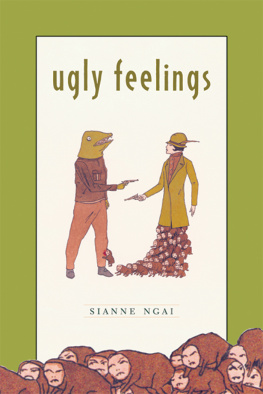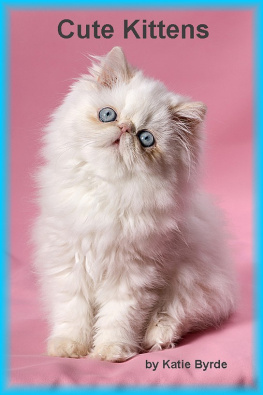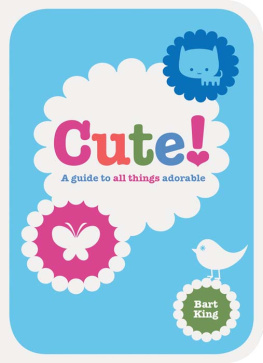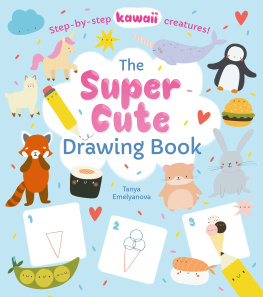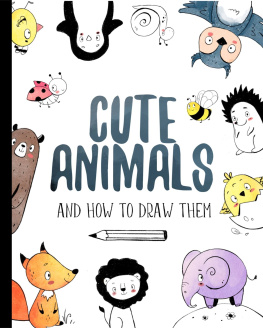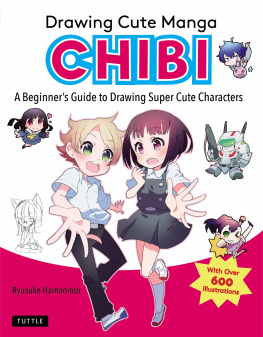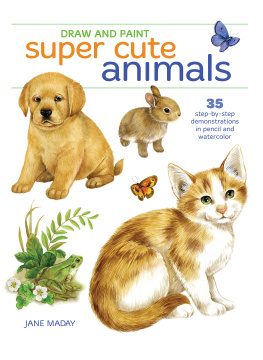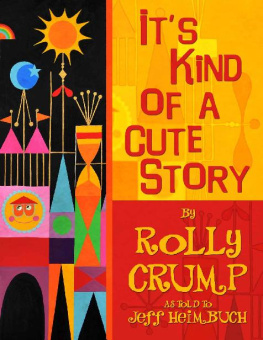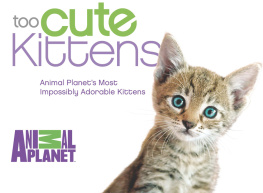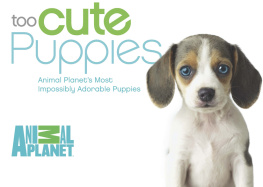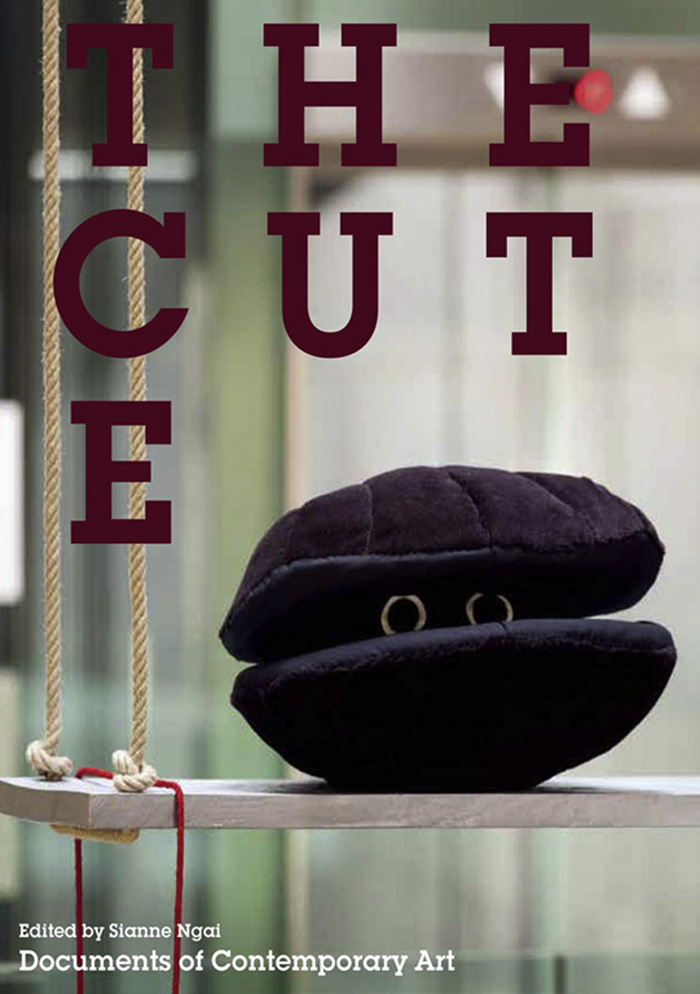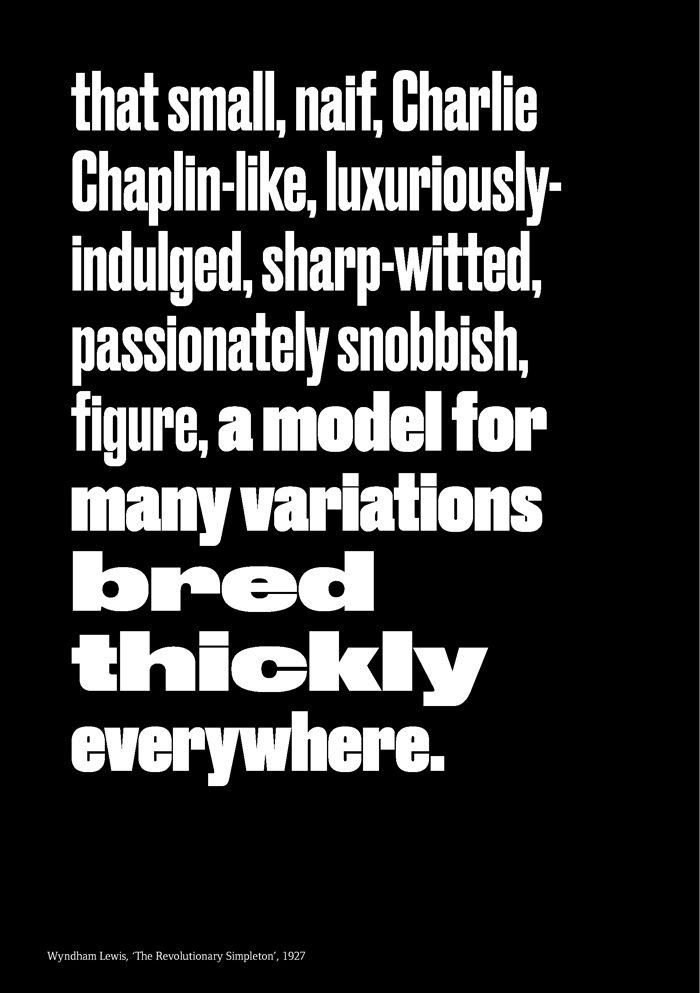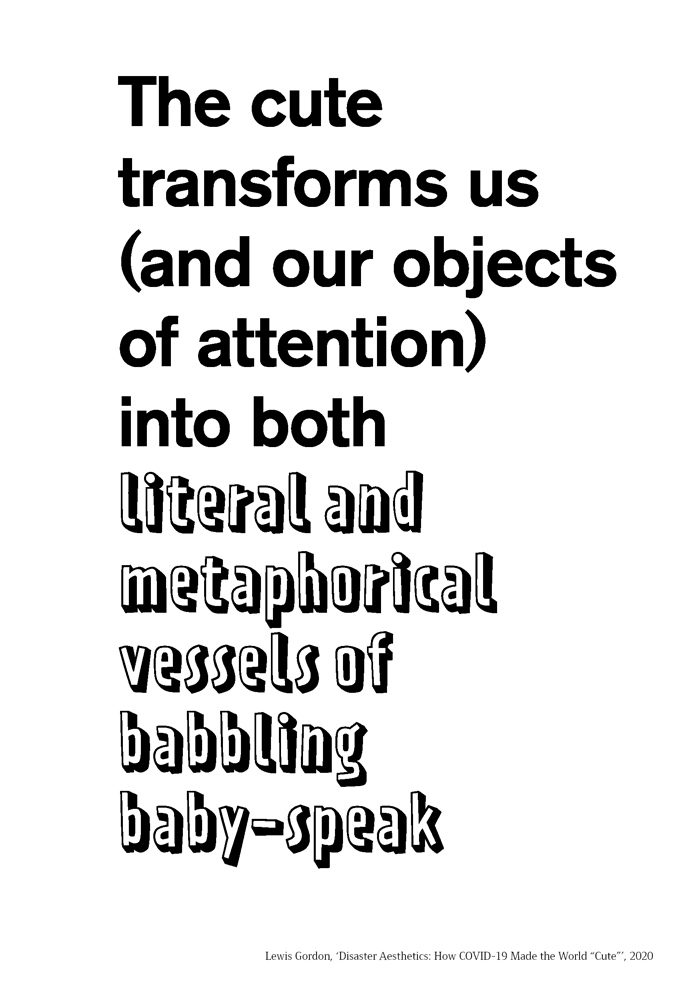CONTENTS
Guide
Theodor Adorno//Peggy Ahwesh//Sasha Archibald// Negar Azimi//Roland Barthes//Lauren Berlant// Nayland Blake//Ian Bogost//Julia Bryan-Wilson// Norman Bryson//Mary Ann Doane//Jennifer Doyle// Lee Edelman//Adrienne Edwards//Alex Fialho// Rosemarie Garland-Thomson//Goutam Ghosh// Lewis Gordon//Johanna Gosse//Stephen Jay Gould//Catherine Grenier//Daniel Harris//Jason Havneraas// Friedrich Wolfram Heubach//Hsuan L. Hsu//Marilyn Ivy//Mike Kelley//Sharon Kinsella//Christopher Knight//Leigh Claire La Berge//Elizabeth Legge// Wyndham Lewis//Lori Merish//William Ian Miller// Michael Moon//John Morreall//Sianne Ngai//Juliane Rebentisch//Frances Richard//Carrie Rickey//David Robbins//John Roberts//Mika Rottenberg//Friedrich Schiller//Peter Schjeldahl//Kanako Shiokawa//Kristian Skylstad//Angelik Vizcarrondo-Laboy//Elizabeth Honor Wilder//Kevin Young
The Cute
Co-published by Whitechapel Gallery and The MIT Press
First published 2022
2022 Whitechapel Gallery Ventures Limited
All texts the authors or the estates of the authors, unless otherwise stated
All rights reserved. No part of this publication may be reproduced, stored in a retrieval system or transmitted in any form or by any means, electronic, mechanical, photocopying or otherwise, without the written permission of the publisher
ISBN 978-0-85488-298-4 (Whitechapel Gallery)
ISBN 978-0-85488-303-5 (Whitechapel Gallery e-book)
ISBN 978-0-262-54465-8 (The MIT Press)
ISBN 978-0-262-37225-1 (The MIT Press retail e-book)
ISBN 978-0-262-37224-4 (The MIT Press library e-book)
A catalogue record for this book is available from the British Library
Library of Congress Cataloging-in-Publication Data is available
Whitechapel Gallery10 9 8 7 6 5 4 3 2 1
The MIT Press 10 9 8 7 6 5 4 3 2 1
Series Editor: Iwona Blazwick
Commissioning Editor: Anthony Iles
Project Editor: Francesca Vinter
Design by SMITH
Gemma Gerhard, Justine Hucker, Allon Kaye, Claudia Paladini
Cover, Cosima von Bonin, SCALLOPS (DARK VERSION), ROCKING, 2014. Courtesy the artist and Petzel, New York. Photo: Stephan Wyckoff.
Whitechapel Gallery Ventures Limited
7782 Whitechapel High Street
London, E1 7QX
whitechapelgallery.org
Distributed to the book trade (UK and Europe only)
by Thames & Hudson
181a High Holborn
London, WC1V 7QX
+44 (0) 20 7845 5000
The MIT Press
Cambridge, MA 02142
mitpress.mit.edu

d_r0
Documents of Contemporary Art
In recent decades artists have progressively expanded the boundaries of art as they have sought to engage with an increasingly pluralistic environment. Teaching, curating and understanding of art and visual culture are likewise no longer grounded in traditional aesthetics but centred on significant ideas, topics and themes ranging from the everyday to the uncanny, the psychoanalytical to the political.
The Documents of Contemporary Art series emerges from this context. Each volume focuses on a specific subject or body of writing that has been of key influence in contemporary art internationally. Edited and introduced by a scholar, artist, critic or curator, each of these source books provides access to a plurality of voices and perspectives defining a significant theme or tendency.
For over a century the Whitechapel Gallery has offered a public platform for art and ideas. In the same spirit, each guest editor represents a distinct yet diverse approach rather than one institutional position or school of thought and has conceived each volume to address not only a professional audience but all interested readers.
Series Editor: Iwona Blazwick; Commissioning Editor: Anthony Iles; Project Editor: Francesca Vinter; Editorial Advisory Board: Erika Balsom, Sean Cubitt, Neil Cummings, Sven Spieker, Sofia Victorino, Thomas Weaver
Sianne Ngai
Introduction
This survey tracks the massive impact of a minor aesthetic category on contemporary art, and on the expanding range of cultural practices and discourses upon which artists draw. Given the enormity and potential boundlessness of the archive, the task is more challenging than it first appears. Because the cute is an everyday aesthetic, and not an institutionally codified artistic style, its manifestation in artistic activity is not securely fixed in space or time, or by nation or period, in the way that art-historical styles like Baroque and Art Deco are. But these very facts about the cute its vernacular origin, or lack of a clearly established archive; its radical diffusiveness, or way of soaking into culture as a whole help account for the astonishing variety of artistic movements in which it has made an imprint: from Pop Art to craft-based and street art, to abstraction and even Conceptualism. Artists of all types are attracted to the cute, one could say, for the way in which it makes our social totality porous; links between seemingly divergent activities, from robot design to the domestication of animals, suddenly come into relief when revealed as touched by its logic.
The Cute's subject distinguishes it from while also connecting it in new ways to other surveys in the Documents of Contemporary Art series. Rather than taking up an institution, a mood, or a technique, The Cute explores the artistic ramifications of an aesthetic category: a perception of form, sutured by a specific affect or affects to a verbal evaluation. In contrast, however, to Beauty and The Sublime, whose subjects are aesthetic categories too and, indeed, the elevated ones which prevail in academic histories and philosophies of art, tacitly organising our overall approach to art's concept in accordance with their images this survey zooms in on a philosophically and morally unprestigious one. Cute is in fact an aesthetic of or about minorness or what is generally perceived to be diminutive, subordinate, trivial, and above all, unthreatening.
But is this aestheticisation of minorness itself truly minor, given the cute's influence across radically diverse realms of social practice around the globe, from the automotive industry to poetry, packaged food to social media platforms, electoral politics to our perpetually shifting system of fine arts? How, and for what varying reasons, have artists ranging from Andy Warhol to Alake Shilling taken on the risk of using, as opposed to simply commenting on cuteness in their works? And what ultimately sets the cute apart from other, similarly minor aesthetics or sensibilities the sentimental, the pastoral, the naive, the ridiculous with which it so often collaborates? The porousness that culture assumes in light of cuteness, as we notice it saturating everything from theories of biological evolution to the history of Mickey Mouse, makes this ordinary aesthetic a surprisingly useful tool for posing critical questions about society as whole. Artists in this survey accordingly mobilise the cute for insights into difference and belonging, into globalised relations of production and consumption, into adjacent aesthetics, and into art's delimited agency in capitalist society. What makes the cute such a powerful index of not only these questions, but also the historical present in which we encounter them? These issues are addressed across the entirety of


